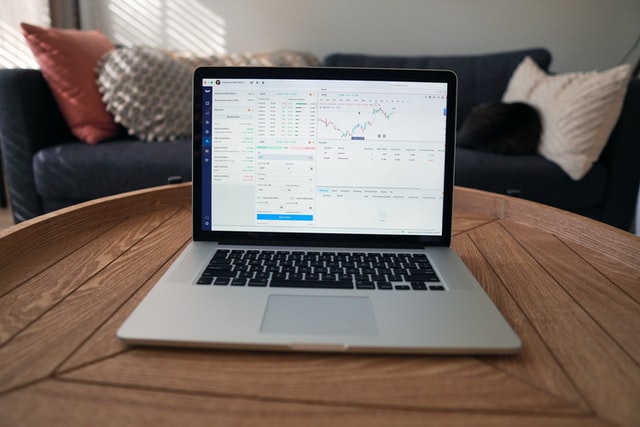Technical analysis is a trading course used to assess investments and pinpoint trading prospects by assessing statistical trends such as price changes collected from trading activities.
Technical analysts believe historical trading activity and security price variations can be prized indicators of the security’s potential price changes. However, technical analysis can be confused with fundamental analysis, which focuses on financials instead of past price patterns.
Technical analysis attempts to predict price changes by examining past data. It helps investors and traders bridge the gap between market price and underlying value by leveraging social economics and mathematical analysis strategies.
Technical analysis helps demonstrate to investors what’s most likely to happen if they use past information. As a result, you will find most traders and investors using technical and fundamental analysis to make choices.
Debunking Technical Analysis
Unlike fundamental analysis, which seeks to assess the price of a security based on results such as sales and incomes, technical analysis emphasizes the study of volume and costs. Thus, Tech analysis tools are used to study how the demand and supply of a security will impact movements in volume, price, and implicit instability.
Technical analysis is used to produce short-haul trading signs for several charting tools. But, it can also help boost the appraisal of a security’s strength or flaw relative to one of its segments or the wider market. Such data enables experts to enhance their overall appraisal estimate.
Technical analysis can be implemented on any security that has past trading data. This comprises currencies, commodities, futures, stocks, etc. In fact, technical analysis is more popular in forex and commodities markets where traders focus on short-haul price changes.
Technical analysis works based on the hypothesis that a security’s historical trading data and price movements can be prized pointers of the security’s potential price changes when coupled with proper trading guidelines and investments.
Expert analysts typically use technical analysis combined with other kinds of research. Retail traders can make choices based only on price charts of a security and similar figures. However, active equity analysts hardly confine their studies to technical or fundamental analysis only.
Generally, technical experts focus on the following extensive kinds of pointers:
- Price patterns
- Chart trends
- Volume and momentum pointers
- Support and resistance levels
- Moving average and oscillators
What Are the Fundamental Assumptions of Technical Analysis?
Charles Dow, the founder of the Dow Jones Index, released a series of articles talking about the technical analysis hypothesis. His literature contained two simple assumptions that have continued to build the structure for technical analysis trading, and they include:
- Markets are efficient if they have values that show factors that affect a security’s cost
- Random market price changes move in detectable trends that recur over time
Currently, the technical analysis discipline has built on Charles Dow’s work. Expert analysts recognize three general rules for the discipline, and they include:
The Market Reduces Everything
Technical experts believe everything from a firm’s essentials to wide market factors is already priced into the stock. This point of view corresponds to the EMH (efficient market hypothesis).
This hypothesis assumes a similar decision about prices. Thus, the only thing that remains is the analysis of price changes that technical experts see as the result of the demand and supply of a particular stock in the market.
Price Changes in Patterns
Technical experts assume that prices even in random market changes will reveal patterns regardless of the time frame being checked.
In layman’s terms, the stock price is likely to continue a historical pattern that can change unpredictably. Most technical trading techniques are based on this hypothesis.
The Past Has a Tendency of Repeating Itself
Technical experts believe that the past tends to repeat itself. The repetitive nature of price movements is normally credited to marked psychology, which is very probable because of emotions such as excitement and fear.
Technical experts use chart trends to study these emotions so that they can understand patterns. Many kinds of technical analysis have been used for decades, but they are believed to be important because they show trends in price movements that tend to repeat themselves.
Final Thought
All in all, technical analysis attempts to appreciate the sentiment behind price patterns by searching for these patterns instead of examining a security’s underlying features. As a result, technical research mainly focuses on the statistical analysis of price changes.




